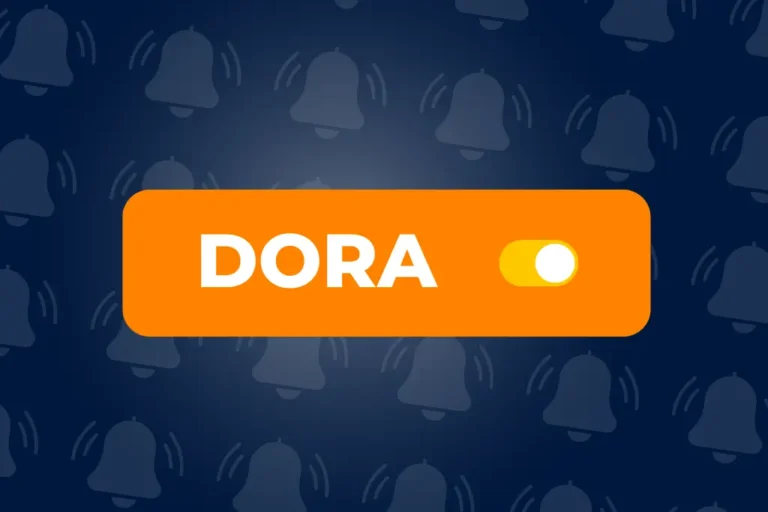SaaS, also know as Software as a Service is a rapidly growing way for software solutions to be implemented into companies. However, though SaaS is the talk of tech town and a billion-dollar business, not all users know how to actually characterize it.

As the shift to “the cloud” continues, plenty of questions are left unasked and unanswered. In 2021, the global revenue from the SaaS industry was $272.49 billion according to a study. Yet, reports keep showing figures of how worried leaders and executives can be about their data getting lost in the cloud. So, in this billion-dollar business, there is probably a need for the people affected to know what having data stored on a cloud service actually entails.
What is SaaS?
Simply put, SaaS is a method of software delivery that allows data to be accessed from any device with an internet connection. For this type of software, vendors store and maintain servers, code, and databases. The meaning of everything is stored “on the cloud”, is that physical servers are located somewhere off-premise, but the documents, software, data, etc. can be reached from anywhere.
The opposite of SaaS is on-premise servers. This basically means that a company installs their own servers to store the software and data on, which also means being responsible for it all (maintaining, updating, keeping it safe, etc.) once the installation is done.
Is there a difference between Cloud services and SaaS?
Yes, there is, but it is not incredibly significant. SaaS is a cloud service, but while all cloud programs are run by underlying software, SaaS refers specifically to business software applications that are delivered via the cloud. However, mentioning cloud computing/cloud services when discussing SaaS is relevant and works as a better-understood term.
Why do companies prefer SaaS?
Seeing how many businesses change their software access to SaaS, it is sure the advantages of using a software solution on the cloud are plenty. Not only do companies get rid of the investment put into extensive hardware that is needed to host the software at their own locations. It also allows corporations to outsource most of the IT responsibility, as SaaS vendors normally take care of everything related to the software.
There is also the ever so important question of cost. When using cloud computing services there is typically a great saving opportunity rather than when having on-premise solutions. Also, normally there is a “pay as you go”-practice when going with SaaS, offering monthly subscriptions for the software wanted. This leaves companies with the ability to try out an option for a limited time if there are any uncertainties.
The big question: who owns the SaaS data?
Just because a SaaS vendor often takes care of all the management and maintenance, it doesn’t mean that they are the owners of the data being stored. It is even quite unusual for a SaaS vendor to insist that they will have ownership of the data. Though all vendors are different, this will most often be negotiated when a service legal agreement (SLA) is drawn up.
Having the software on a cloud doesn’t mean the data isn’t accessible either. Most SaaS vendors are open to letting companies export data and back it up locally any time they need or want.


